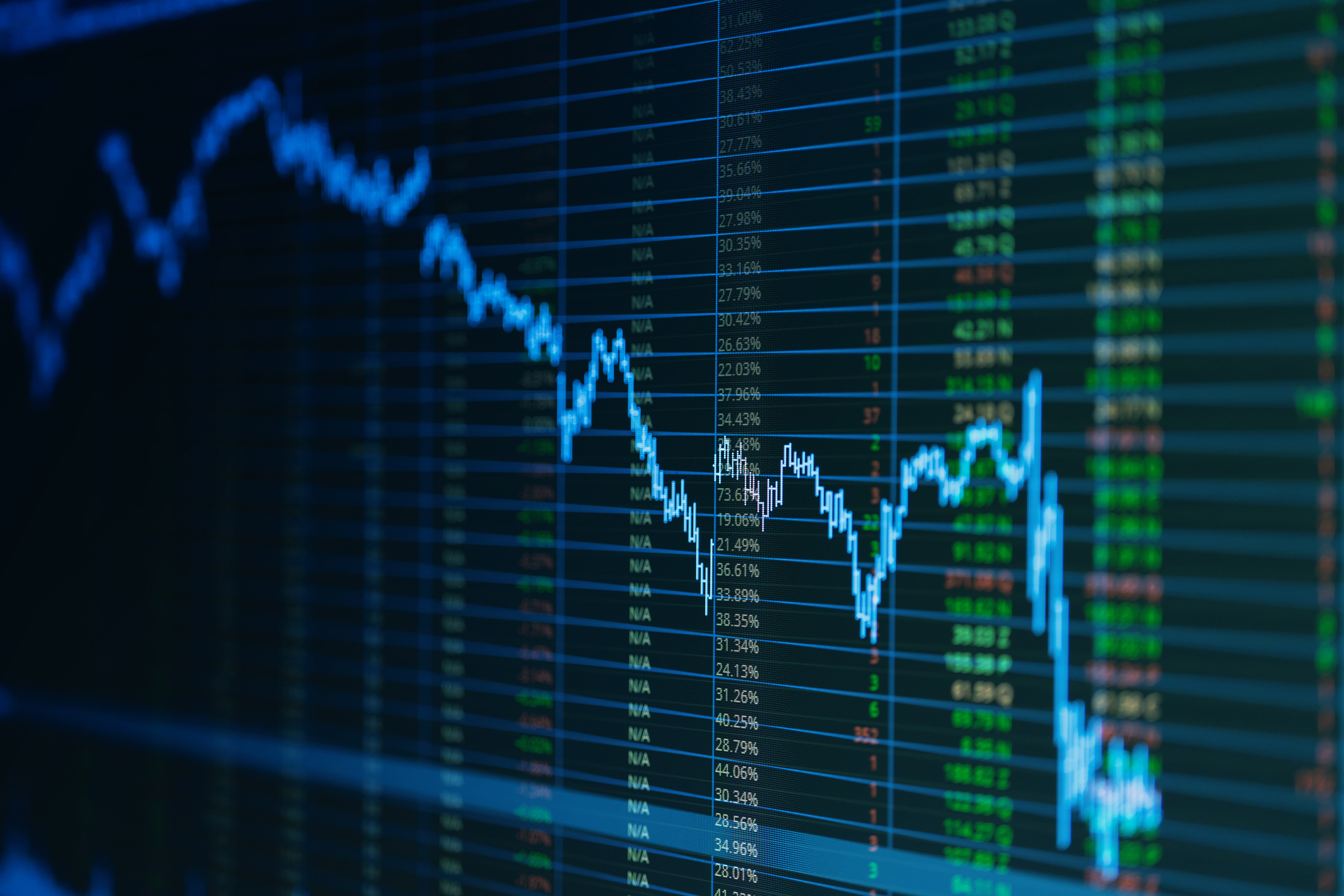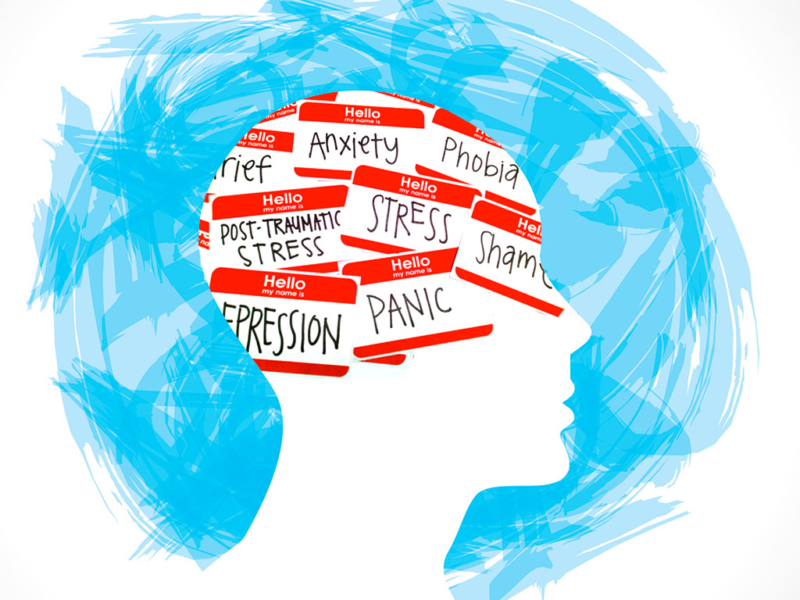India’s GDP: Challenges Ahead
Amongst the major economies, India and China had achieved a high rate of growth in the recent past. Although India‘s GDP growth rate declined from 8.26% in the year 2016-17 to 4.2% in the year 2019-20, yet it overtook France and the United Kingdom to become the fifth largest economy in the world. The COVID-19 pandemic and the global and national lockdowns have hit various economies hard, India being no exception.
According to the World Bank Group Report (Global Economic Prospects, June 2020), major economies in the world are expected to show a decline in their GDPs. Global GDP is expected to contract by 5.2% whereas India’s GDP is estimated to drop by 3.3%. More recent assessments by ADB, OECD and others have forecasted that India’s GDP will shrink at least 9-10% in the year 2020-21. This assessment is in line with the provisional estimates for GDP for the first quarter of 2020-21 released recently by the Ministry of Statistics and Programme Implementation. It showed that India’s GDP sharply declined by 23.9% in this quarter. NSO data for this period reveals that on the basis of year to year comparison, the construction sector declined by 50.3%, manufacturing by 39.3%, mining and quarrying by 23.3%, trade hotels, transport and communication by 47.0%. Only the agriculture, forestry and fisheries sector showed an increase of 3.4%. The gross fixed capital formation was down by 47%.
The reasons for the economic crisis can be divided into supply and demand side factors.
Supply Side Factors
- Fall in employment numbers due to mass exodus of migrant workers, quarantines and travel restrictions
- Closure of production units, especially in the MSME sector
- Restrictions placed on utilization of Chinese products for raw material and intermediate goods
- Restriction on movement of goods
- Cash flow crunch
- Increase in fuel prices
- Decline in utilization of productive capacity in the manufacturing sector.
It is evident that there is a huge impact on the supply of goods and services. This major reduction would limit the ability to provide commodities to the common man. This would in turn bring down the aggregate supply in the economy which is a key input to GDP and has a long lasting impact. The sensitivity of the economy to these interrelated factors will play an important role in formulating the action plan for improving the GDP.
Demand Side Factors
- Fall in private consumption expenditure due to fall in income, wealth and uncertainty in employment
- Reduction in private investment due to uncertain economic environment
- Lower exports and imports due to slowdown in other countries, travel restrictions, transport barriers and move towards self-dependence
- There was an increase in government expenditure on account of relief measures undertaken to reduce the impact of pandemic. However, this could not offset the dampening effect of reduction in other components of demand.
Impact of these factors has a far greater consequence on the GDP than the supply side factors. Even with a significant improvement in supply, the desired results would not be achieved if the demand does not move in sync with the improvement in supply. Hence, India needs to adopt a balanced strategy, which focuses on both sides of the market to recover from the current economic crisis.
Measures have been taken by the Government to minimize damage. These include farm sector reforms, labour reforms, infrastructure development, digitization and Aatma-Nirbhar Bharat scheme. The success of India’s economic recovery will depend on implementation of policy announcements, duration, progression and control of pandemic.



